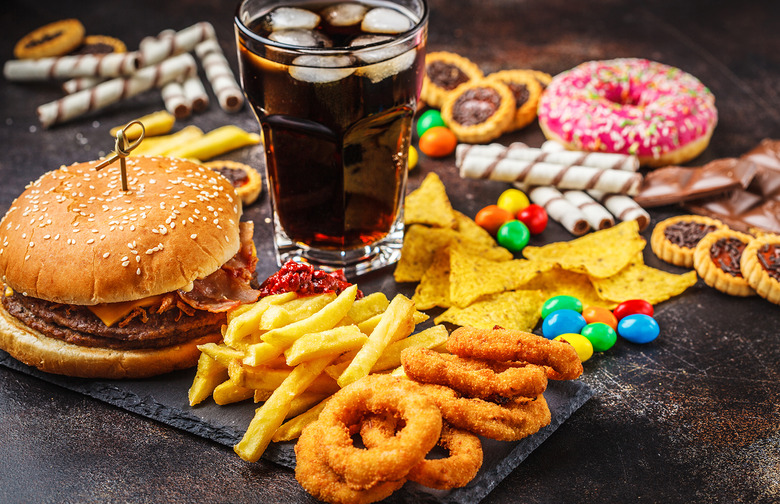Japan Is Turning Uneaten Food Scraps Back Into Edible Food
Recycling food scraps back into food you can eat sounds disgusting at first. But I'm sure everyone hearing about Japan's way of tackling waste would want to know how the process works and how the resulting food tastes. It turns out the process is not disgusting at all once you get to learn about it. It's ingenious, and everyone should be doing it. Spoiler alert: people don't aren't being fed the liquid mass that results from fermenting food scraps with this technology. Instead, pigs get the liquid ecofeed, and then people ultimately eat the pigs.
The technology aims to fix two of Japan's biggest problems: pollution and food waste. That's because Japan imports two-thirds of its food and three-quarters of its livestock feed.
Moreover, Japan is the world's fifth-largest emitter of greenhouse gases, and burning food waste contributes to the problem. Japan wants to cut emissions by 46% by the end of this decade and become carbon neutral by 2050. Recycling uneaten food scraps into pig feed can help with that.
The clever process seems like a no-brainer once read the BBC's story of Koichi Takahashi and his idea. A veterinarian by training, Takahashi created the Japan Food Ecology Center to tackle the food waste problem and help save the environment.
The idea behind the Japan Food Ecology Center isn't just to take uneaten food scraps and shovel them into a trough for pigs. Instead, the company processes the scraps using a techique Japan is famous for: Fermentation.
Takahashi worked with the government and researchers to develop his lactic acid-fermented liquified feed for pigs. The end product has a shelf life of 10 days without refrigeration. This is possible by lowering the pH to 4.0, a level where bacteria can't survive.
The feed is "pale and watery," and it tastes like sour yogurt.
As for the quality of the feed, the researchers developed a formula that's optimal for pig growth and meat quality. The initial version slowed growth and produced fatty meats. Interestingly, farms that buy the feed can ask for specific customizations to meet their needs.
Takahashi's factory processes around 40 tons of food waste per day. It comes from various places, including supermarkets, department stores, manufacturers, and local convenience stores. Incinerating food waste is more expensive than recycling it, and that's why these businesses prefer to work with Takahashi's company and others like it.
Interestingly, Takahashi has not patented his technology, so anyone can replicate it. Some 1,000,000 tons of ecofeeds are produced a year from all of Japan's food waste recycling facilities. Takahashi's company accounts for only 35,000 tons of that.
Recycling food in this manner is also a profitable endeavor. Takahashi wanted to prove that environmental efforts like food recycling do not have to be too expensive to pursue. As for the farms that buy the feed from his company, they pay half the price of conventional feed.
The resulting pig meat is growing in popularity in Japan because it's both "delicious and sustainable." Ecofeed-grown pig sales generate $2.3 million in annual revenue. That might not be that impressive in the grand scheme of things, but Takahashi's idea could be easily replicated.
To put things into perspective, Japan throws out 28.4 million tons of food annually. It's spending some $5.4 billion a year on waste incineration, 40% of which is uneaten food scraps.
The report also notes another benefit of creating food waste processing plants like the Japan Food Ecology Center. In addition to generating 70% less gas emissions than importing conventional feed, Takahashi has adapted his processing plant to convert some of the resulting methane into energy he sells back to the grid. The energy his food recycling plant produces can power 1,000 households per day.
Finally, the powdery black substance that results from energy conversion is turned into fertilizer that's rich in nutrients.
